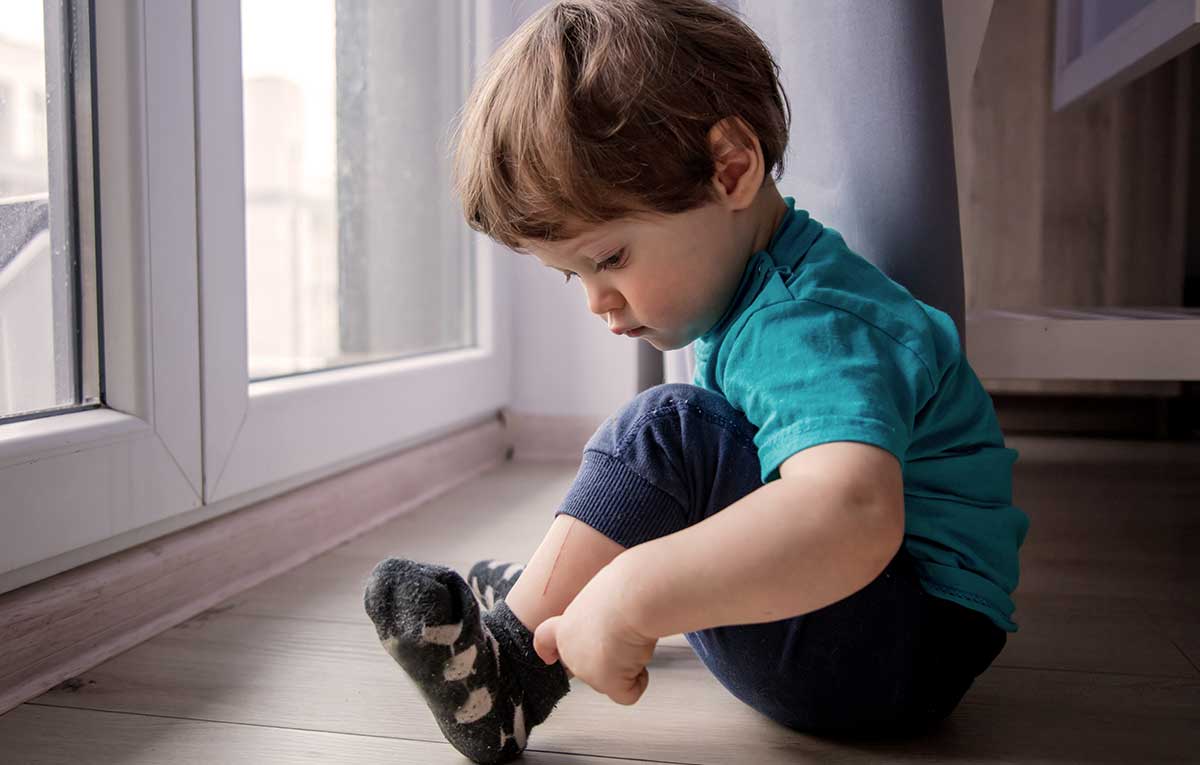The Good and Harm of Physical Discipline
Punishing a child by hurting their body may take many different forms and may be done for different reasons.
- It may be a slap, a spanking or beating by hand, a kicking, shaking or throwing down of a child, a whipping or flogging with strap, belt, hairbrush or other implement.
- It may be the expression of the parent’s minor annoyance, anger or sheer fury, or
- The outcome of uncontrolled frustration and of not knowing what else to do, or
- It may be a deliberate and preferred form of discipline, administered in stern calm or with righteousness, with a “This hurts me more than you but I am doing it for your own good,”
- It may be a daily punishment or very occasional.
- It may be applied at random for different offenses or carefully graduated to specific wrongdoings.
These variations in parental attitude, in intent, in frequency and in actual hurt or damage to the child’s body and feelings are so great that it seems impossible to treat them as though they were the same thing.
There is one common element for all kinds of physical punishment; namely, that any discussion of it quickly turns into an emotional issue, especially for those who use physical punishment and for those on whom it has been used.
Many issues in child development and child rearing touch on people’s feelings but none gives rise to as much pitched argument and provocative controversy, intense attack and defense and an inability to consider pros and cons calmly and thoughtfully.
Nor does it ever seem possible, at least for some of the participants, to let go of the subject and to conclude the discussion. This in itself tells us how closely physical discipline is tied to early impulses and feelings in all of us and how deeply rooted it is in our society.
What good and what harm can come from physical discipline?
Physical punishment is not an essential form of discipline. Many people in our society, and in other societies, have grown-up to be upright, self-disciplined individuals without ever being physically hurt. Nor, is there any evidence to suggest that physical punishment in childhood improves moral conduct. Those who favor hurting the child’s body often think of it as a deterrent. Insofar as the child has come to like her or his body, the child may avoid wrongdoing in order to escape pain and harm. But is it necessary to use two deterrents?
Disapproval is always a part of physical punishment, yet disapproval is a sufficient deterrent in itself. The addition of physical punishment may seem like a stronger deterrent at the time, but it eventually poses special difficulties for learning self-discipline because self-discipline involves taking in the model set by the parent. Though the punishing parent does not want the child to hurt herself or himself, or others, the child inevitably identifies with the parent. This may give the child trouble when she or he, like the parent, tries to impose their will on others by force or to settle grievances by violent means. It may also give the child trouble if she or he identifies with this part of the parent’s conscience. Such a conscience may demand that the child hurt herself or himself, or seek hurt from others, as a punishment for wrongdoing. Exposing oneself to bodily harm is not a helpful form of self-discipline.
Many parents and children prefer physical punishment because its emphasis is on external disapproval. It does not appeal to the child’s self-esteem and conscience. A spanking “gets it over with.” It avoids guilt feelings, avoids time and effort spent on reparations, quickly dispels the parent’s anger and allows the child to forget about the wrongdoing. When used in this way, physical punishment fails to promote independent self-discipline but does not avoid setting a model for the child.
The effects of physical punishment are not limited to discipline and self-discipline. Physical punishment has a lot to do with anger and how to handle it. Being hurt can make a child very angry and likely to discharge it in the way the parent demonstrates, namely, by hurting those who are weaker and more helpless. Physical punishment also affects the child’s bodily self-esteem. It is difficult to learn to take good care of oneself when the parent or adult who has to teach it inflicts pain. Often a person punishes their body when there is disregard for what is good for it.
Perhaps the most dangerous effect of physical punishment is that children may learn to enjoy it. It can become a source of a peculiar but intense excitement for children and they may actually come to “ask for it” by doing forbidden things. This kind of excitement may also contribute to the later development of adult perversions in which hurting and being hurt are a part of the condition necessary for gratification.
In conclusion, for a child to learn self-discipline and effective coping skills to deal with daily frustrations, stressors and tensions, this is best accomplished without physical punishment.
The basic concepts of control and mastery include:
- Our personalities use many means for dealing with the world around us in an attempt to become our own masters.
- The child gradually acquires these means of control and mastery.
- The child’s parents and educators facilitate the development of observing, thinking and speaking.
- Facilitation helps develop the tools to master the activities and skills toward mature, ethical and responsible functioning as an adult member of the community.
- Inner values, morals and means of self-discipline are best developed through identification with the parents and their non-punitive means of education.

